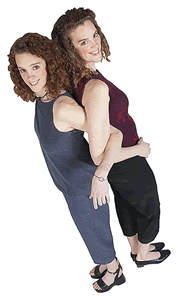http://tinyurl.com/writetraits
Write Traits: What are the Six Traits?
http://www.youtube.com/watch?v=viUrRhLC73M
-----------------------
Write Traits: Program Overview
http://www.youtube.com/watch?v=RG5LW9R2tyE
---------------------
Write Traits: Meet the Authors: Vicki Spandel and Jeff Hicks
http://www.youtube.com/watch?v=-6XYmDJDjLM
----------
Write Traits: The Primary Writing Guide
http://www.youtube.com/watch?v=Sa8epCaN6ps
------------
Write Traits: The Six Traits and Writing Workshop
http://www.youtube.com/watch?v=XD_ZQ2WZL5U
------------
Write Traits: The New Five-Unit Design
- Integrating Conventions Into Every Trait.
---------------------
--------------
Write Traits: Connecting Reading and Writing
http://www.youtube.com/watch?v=786cCK3R-bk
------------
Write Traits: Connecting Traits to Writing Process
http://www.youtube.com/watch?v=rPhkchYlkf0
-------------------
Write Traits: The Instructional Flow
http://www.youtube.com/watch?v=1PtHtxcDmZo
-----------
Write Traits: Conventions and Presentation
http://www.youtube.com/watch?v=FpVoGvdc9Ws
-----------------
Write Traits: "Leap the River" Rubric
http://www.youtube.com/watch?v=v8W2XrcN02o

